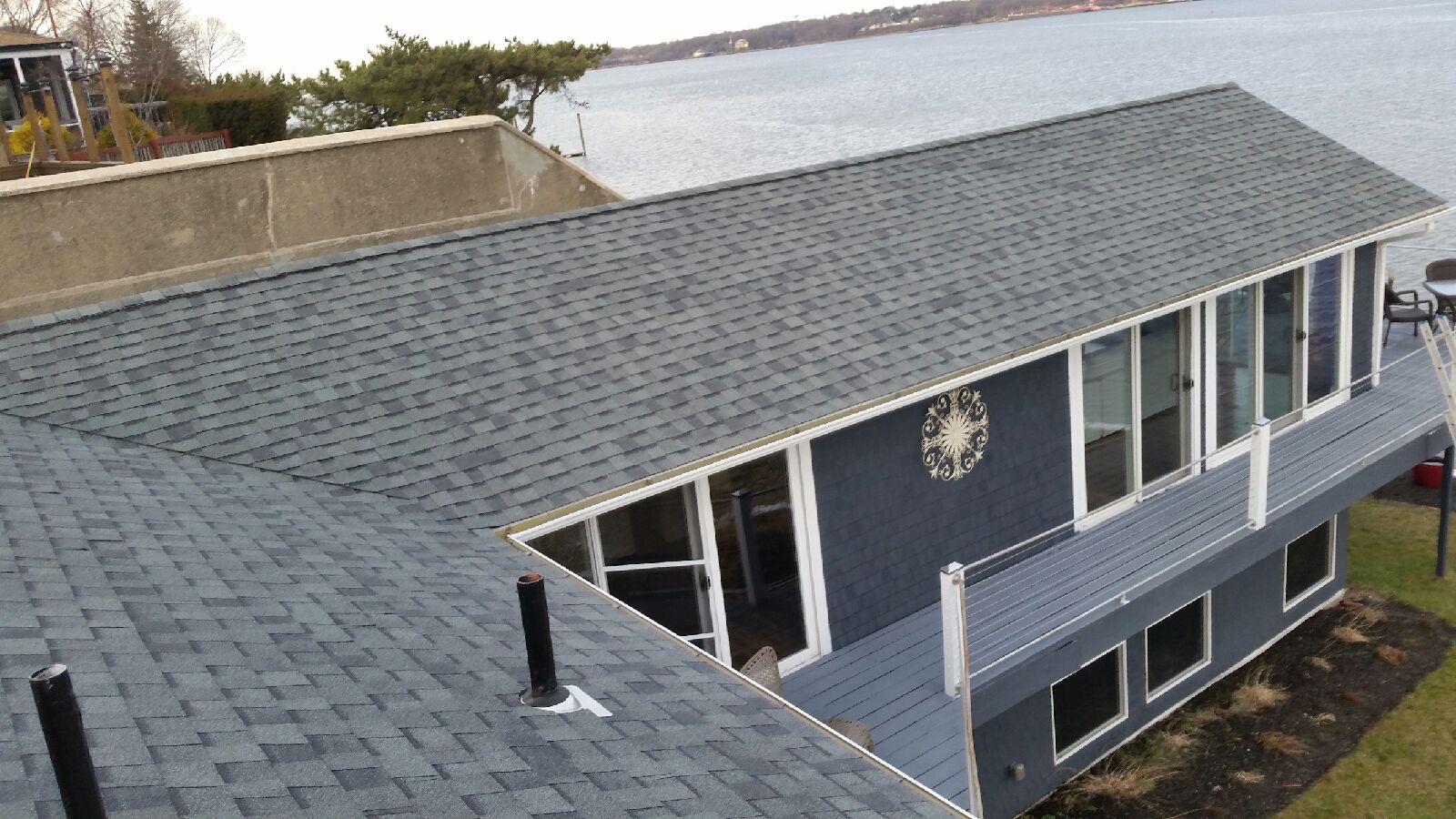Roofing Materials Guide for Homeowners

Your roof is what shields you from rain, snow, and wind. For that reason, it’s important to choose the right roofing materials when building, re-roofing, or repairing your home. In the past, home and business owners had limited choice as to the types of materials available. However, advancements in technology have widened the array of options available on the market.
While there are many different types of roofing materials, the one that is best for your use case largely depends on what kind of roof you have, your budget, goals and the climate where you live. For example, a house with a flat roof might require different materials or approaches than one with a steep-slope roof.
It’s also important to consider the region you live in — if your home is located in an area prone to fires, heavy rain, or snow, you might want to avoid certain roofing materials.
Need help figuring out the best materials or options for your home or business? Contact the pros at RI Remodeling for expert advice you can count on.
Here a few of the most common materials, along with their benefits:
- Asphalt shingles. One of the most common roofing materials, and also one of the cheapest. They resist fire and wind better than other materials, and can be copper-treated to resist algae growth. They are a popular choice, especially among those looking for an easy option.
- Metal. Previously, metal was used primarily for barns and sheds. However, it’s popularity is rising among homeowners. It’s a durable, versatile roofing material, and can come in a number of styles, cuts, and types. However, it’s recommended that homeowners use metal roofs with reflective paint to avoid high utility bills.
- Clay/concrete tiles. Another popular choice, especially for homeowners with Spanish-style homes. While they are fire-resistant and pleasing to look at, they tend to be brittle and hard to repair once broken. However, for sturdy roofs in dry areas, clay/concrete tiles are an attractive option.
- Wood shakes & shingles. These roofing materials are no longer popular, mostly due to the fact they are expensive, high maintenance, and prone to water and fire. However, they are an aesthetically pleasing option, and modern shakes/shingles are treated to be more durable.
- Slate. Fire-resistant, waterproof, and environmentally friendly, slate is considered a classic roofing material. However, only reinforced roofs can handle the weight. Slate also requires a certified slater, so it’s not a DIY material.
- Bamboo, thatch, and other roofing materials. Fire-resistant bamboo is gaining popularity as a viable roofing option, especially in areas prone to earthquakes. Thatch is a far older option, but has grown unpopular due to its tendency to rot, catch on fire, and attract pests. Synthetic tiles and other roofing materials exist, so a bit more research can be done if you’re curious about other options.
Closing Thoughts
Regardless of what roofing material you choose, it’s important that you install and maintain it properly. If you’re not prepared and trained for a DIY roofing project, you might be better off hiring professionals to handle it for you.
A professional remodeling company such as RI Remodeling can help you decide what materials is best for you, give you a price range, and help you install your new roof safely. Different roofing materials have different benefits and downsides, so make sure to consider each of your options carefully.

